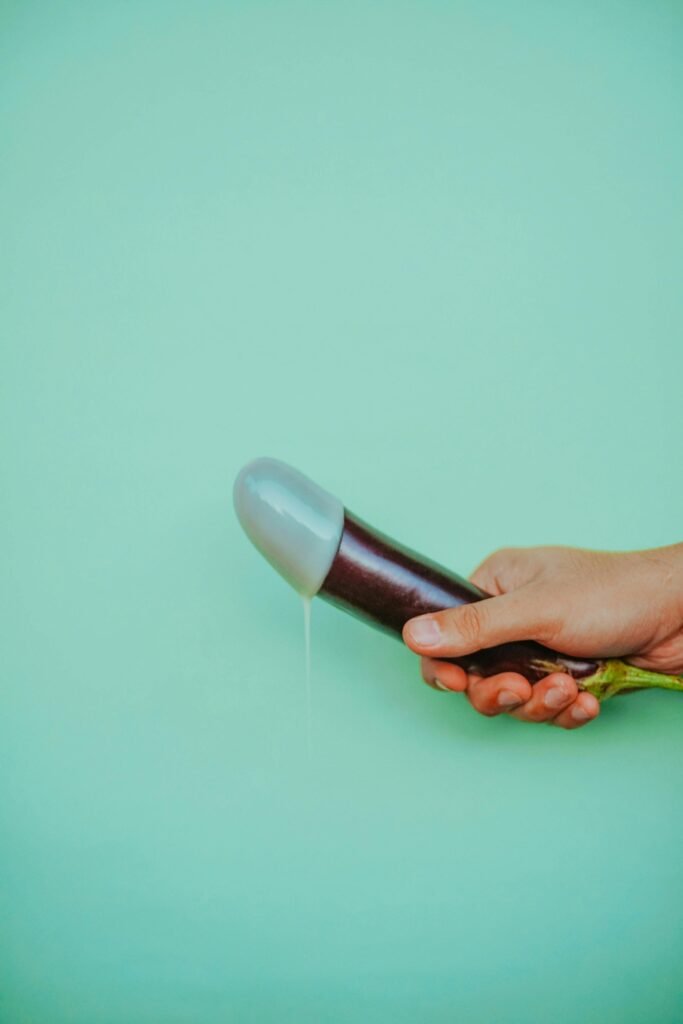Welcome to an article that will uncover the secrets of properly lubricating locking mechanisms and hinges! In this guide, you will learn the importance of regular lubrication, the best lubricants to use, and the step-by-step process for keeping your locks and hinges working smoothly. Say goodbye to squeaky doors and sticky locks – with these tips, your home will be running like a well-oiled machine in no time! Have you ever struggled with a stubborn lock or squeaky hinge? If so, you’re not alone! Many people encounter issues with locking mechanisms and hinges that don’t operate smoothly. But fear not, as there is a simple solution to this common problem – lubrication! In this guide, we will explore the importance of lubricating locking mechanisms and hinges, as well as provide you with tips on how to do so effectively. So sit back, relax, and let’s unlock the mystery of lubricating locking mechanisms together.

This image is property of images.pexels.com.
Why is lubricating locking mechanisms and hinges important?
Lubricating locking mechanisms and hinges is crucial to ensure smooth operation and longevity of these components. Without proper lubrication, these moving parts can become stiff, stuck, or even damaged over time. By regularly lubricating them, you can prevent these issues and keep your locks and hinges functioning properly for years to come.
How does lubrication help?
When you apply lubricant to locking mechanisms and hinges, it reduces friction between the moving parts. This allows them to move smoothly and effortlessly, preventing wear and tear on the components. Lubrication also helps to protect the metal surfaces from corrosion and rust, extending the lifespan of your locks and hinges.
When should you lubricate locking mechanisms and hinges?
It’s important to establish a regular maintenance schedule for lubricating locking mechanisms and hinges to ensure optimal performance. Ideally, you should lubricate them at least once a year, or more frequently if you notice any signs of stiffness or squeaking. Additionally, if you live in a humid or coastal area, you may need to lubricate them more often to prevent corrosion.
Signs that your locks and hinges need lubrication
- Difficulty turning the key in a lock
- Squeaking or creaking sounds when opening or closing a door
- Stiff or sticky hinges that don’t move smoothly
- Visible rust or corrosion on the locking mechanisms or hinges
If you notice any of these signs, it’s a good indication that your locks and hinges are in need of lubrication.

This image is property of images.pexels.com.
What type of lubricant should you use?
Choosing the right lubricant is crucial to ensure effective results when lubricating locking mechanisms and hinges. There are several types of lubricants available on the market, each with its own advantages and disadvantages. Here are a few common types of lubricants that are suitable for locks and hinges:
Graphite lubricant
- Ideal for locks and keys
- Provides long-lasting lubrication
- Doesn’t attract dust or dirt
- Can be messy and difficult to apply
Silicone-based lubricant
- Water-resistant and long-lasting
- Doesn’t attract dust
- Can be used on a variety of materials
- May need reapplication more frequently
Teflon-based lubricant
- Provides smooth and slick lubrication
- Doesn’t attract dust or dirt
- Works well in extreme temperatures
- Can be more expensive than other lubricants
It’s important to choose a lubricant that is specifically designed for locks and hinges to ensure compatibility and optimal performance.
How to lubricate locking mechanisms and hinges
Now that you know the importance of lubricating locking mechanisms and hinges, as well as the types of lubricants available, let’s dive into the step-by-step process of lubricating these components effectively.
Step 1: Prepare the area
Before you begin lubricating, make sure to clean the locking mechanisms and hinges thoroughly to remove any dirt, debris, or rust. You can use a soft brush or cloth to clean the surfaces and ensure that they are free from any obstructions.
Step 2: Apply the lubricant
- For locks: Insert the key into the lock and apply a small amount of lubricant directly onto the key. Insert the key into the lock and turn it several times to distribute the lubricant evenly.
- For hinges: Apply a small amount of lubricant directly onto the hinge pin or pivot point. Use a cloth or brush to spread the lubricant evenly and ensure that all moving parts are coated.
Step 3: Test the operation
After applying the lubricant, test the operation of the locking mechanisms and hinges to ensure that they are moving smoothly and effortlessly. If you still notice any stiffness or resistance, you may need to apply more lubricant or repeat the process.
Step 4: Wipe off any excess lubricant
Once you have lubricated the locking mechanisms and hinges, use a clean cloth to wipe off any excess lubricant from the surfaces. This will help prevent dirt and dust from sticking to the lubricant and ensure a clean and smooth operation.

This image is property of images.pexels.com.
Additional tips for lubricating locking mechanisms and hinges
To ensure that your locks and hinges stay in top condition, here are some additional tips and tricks for lubricating them effectively:
Regular maintenance
Make lubricating locking mechanisms and hinges a part of your regular maintenance routine to prevent issues before they arise. By staying proactive, you can extend the lifespan of your locks and hinges and avoid costly repairs in the future.
Avoid over-lubricating
While it’s important to lubricate locking mechanisms and hinges regularly, be careful not to over-lubricate them. Applying too much lubricant can attract dust and dirt, leading to buildup and potential issues. Use a moderate amount of lubricant to ensure optimal performance.
Use the right tool
When applying lubricant to locks and hinges, use the right tool for the job. For locks, use the key to apply lubricant directly into the keyhole. For hinges, use a small brush or cloth to apply lubricant to the hinge pin or pivot point. This will ensure that the lubricant is distributed evenly and effectively.
Consult a professional
If you’re unsure about how to lubricate locking mechanisms and hinges or if you encounter any issues during the process, don’t hesitate to consult a professional locksmith or hardware expert. They can provide guidance and assistance to ensure that your locks and hinges are properly lubricated and maintained.
Conclusion
Lubricating locking mechanisms and hinges is a simple yet effective way to ensure smooth operation and longevity of these components. By following the tips and techniques outlined in this guide, you can keep your locks and hinges in top condition and avoid common issues such as stiffness, squeaking, and corrosion. So the next time you encounter a stubborn lock or squeaky hinge, remember to reach for the lubricant and unlock the mystery of lubricating locking mechanisms with ease.
